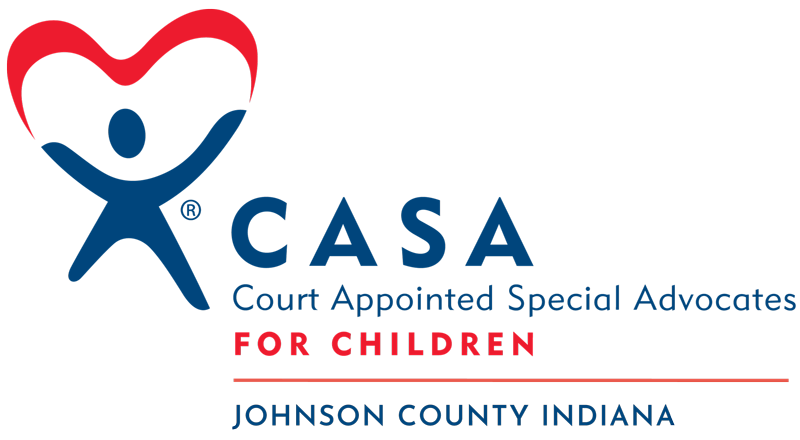From Training to Courtroom: Your First 90 Days as a CASA Volunteer
August 28, 2025 •Johnson County CASA
.png?height=630&name=Featured%20Images%20%20(4).png)
Becoming a Court Appointed Special Advocate (CASA) is more than signing up to volunteer, it's stepping into a child’s story during one of the hardest chapters of their life. If you’ve ever asked yourself, “What do CASA volunteers do?”, this article is your answer. Whether you're retired and looking for meaningful service or you’ve worked in education, nursing, or law and feel called to protect vulnerable children, your first 90 days as a CASA are both empowering and eye-opening.
Let’s walk through what those first three months look like, from application to advocacy.
Step 1: Applying to Become a CASA Volunteer
Your journey starts with a decision to take action.
At CASA of Johnson County, the application process is your first step toward becoming a trained child advocate. You’ll complete a simple form online, then participate in a background check and an in-depth interview. This helps us ensure every child in need is paired with someone ready to advocate with compassion, consistency, and purpose.
Timing matters. CASA training sessions are scheduled in advance, and you must be accepted before you can attend. Waiting too long to apply could mean missing the next training cycle, so if your heart is pulling you toward service, now’s the time to take that step. Apply here.
Step 2: Training: Learning to Advocate
Once accepted, you’ll begin your mandatory CASA training: six 3-hour sessions held over the course of about a month, with an additional 7th date for swearing in. These sessions prepare you for everything from courtroom procedures to understanding trauma and the dynamics of abuse and neglect.
You’ll learn:
- How the court system handles child abuse and neglect cases
- What your responsibilities are as a child’s voice in court
- How to work with families, caseworkers, attorneys, and judges
- How to maintain objectivity and professionalism
- How to write and submit court reports on behalf of the child
This is where the “what do CASA volunteers do” question gets answered with real-world examples and practical guidance. You'll also build relationships with fellow trainees—people just like you who feel called to serve.
Step 3: Sworn In and Assigned Your First Case
After training is complete, you’ll be sworn in by a judge as an official Court Appointed Special Advocate.
Then, your first case begins. Typically, the Department of Child Services (DCS) will file a petition with the court, opening a new case involving abuse or neglect. Once the court assigns you to a child or sibling group, your role as their advocate becomes active.
You are now their voice in a system they never asked to enter.
Step 4: Visiting, Listening, and Learning
The first few weeks on a case are all about building trust. You’ll:
- Visit the child in their placement (home, foster care, etc.)
- Meet with teachers, therapists, caseworkers, and family members
- Review reports and gather all the information you need to advocate for the child’s best interest
This is where your listening skills and heart for service come to life. Children in CASA cases often feel unheard or overlooked. As their advocate, you become a consistent adult who shows up; not as a caseworker, not as a foster parent, but as someone who is solely there for them.
Step 5: Your First Court Report and Hearing
Within your first 90 days, you’ll likely submit your first court report: a document summarizing the child’s situation and your recommendations. This report becomes part of the official court file and informs the judge’s decisions.
Then comes your first court hearing.
It can feel intimidating at first, but you’re not alone. CASA staff are there to guide you. You won’t need to argue in court, but you may be asked to speak or answer questions. Your observations, records, and recommendations will help shape the child’s future, whether that’s reunification with family, placement with a relative, or adoption.
Staying the Course
Unlike many roles in child welfare, a CASA stays on the case from start to finish—often 6 months to 2 years, or even longer. That consistency makes a lasting impact.
And while the first 90 days are full of learning, growing, and showing up, they’re just the beginning. With each visit, each report, and each courtroom appearance, you become a trusted constant in a child’s uncertain world.
Why Your Next 90 Days Could Change a Child’s Life
Becoming a CASA volunteer means answering a call to serve. It means stepping into the gap for children who have no one else. It’s not always easy, but it is always meaningful.
If you’re ready to give a child the gift of safety, consistency, and advocacy, don’t wait.
Apply to become a CASA volunteer today, before the next training session fills up.

